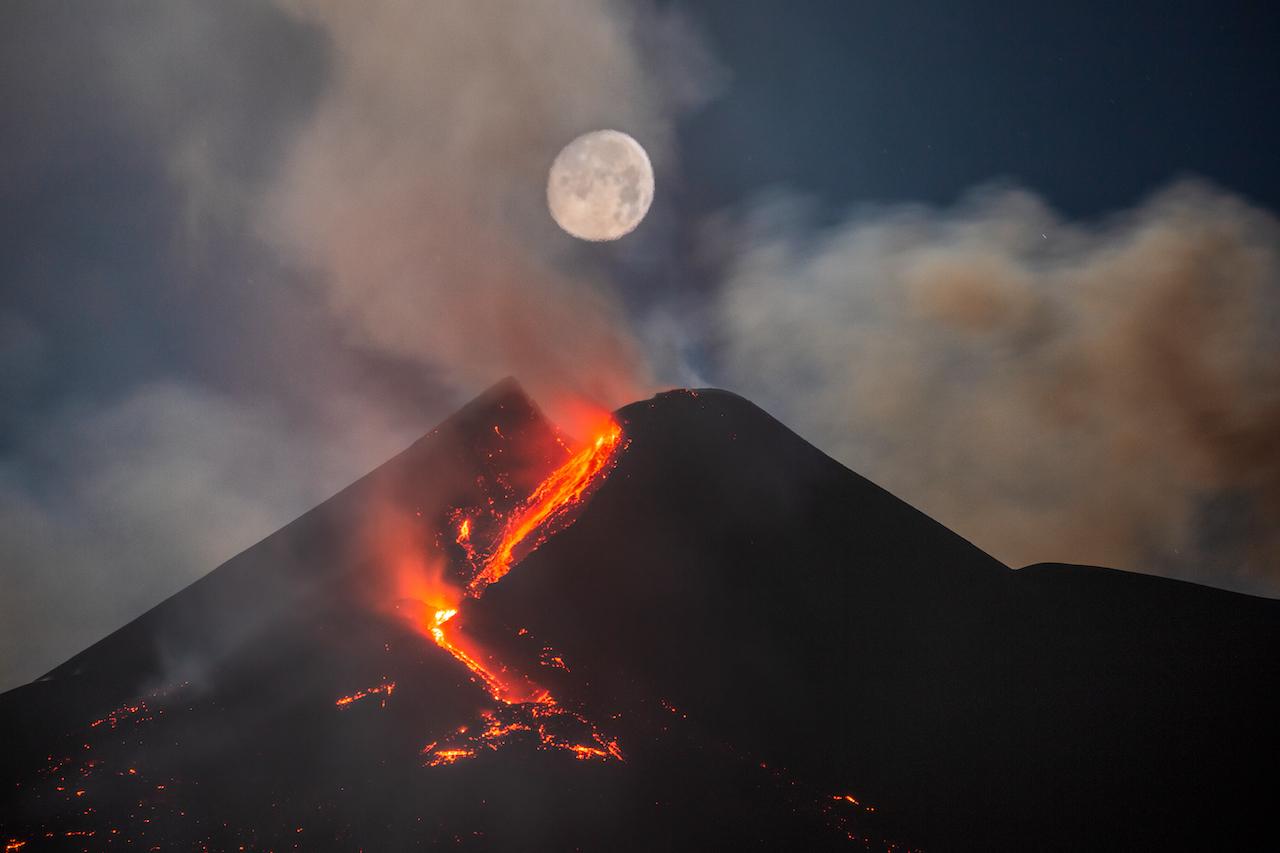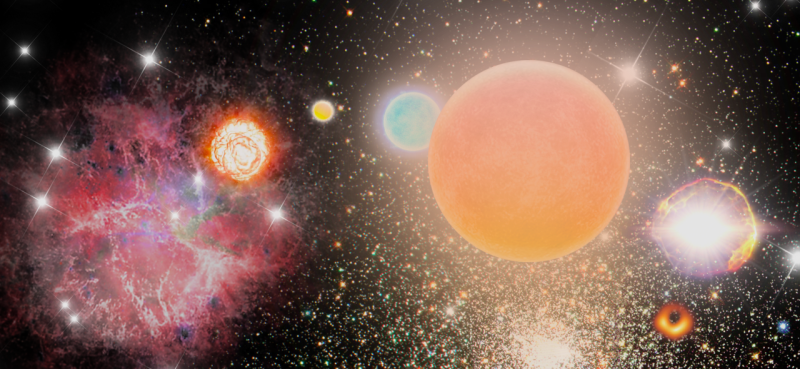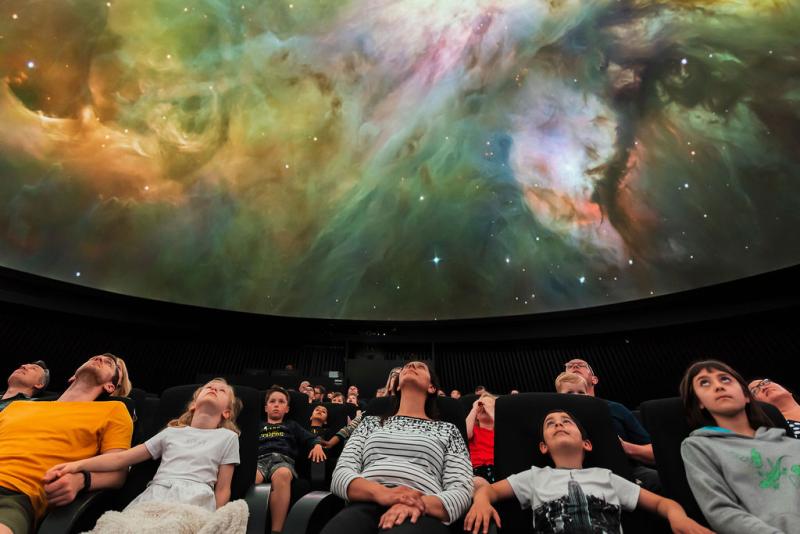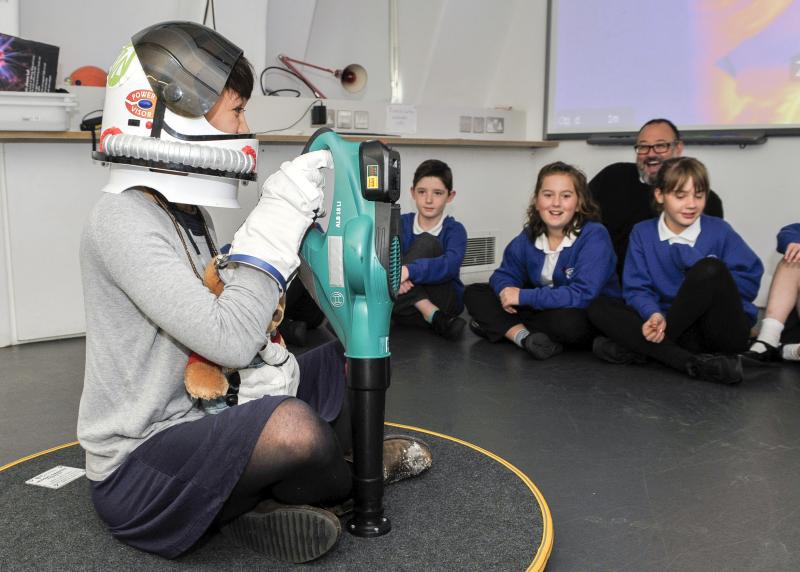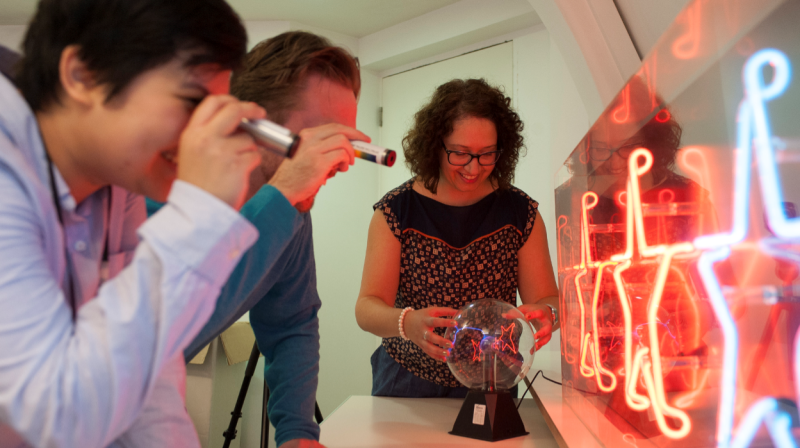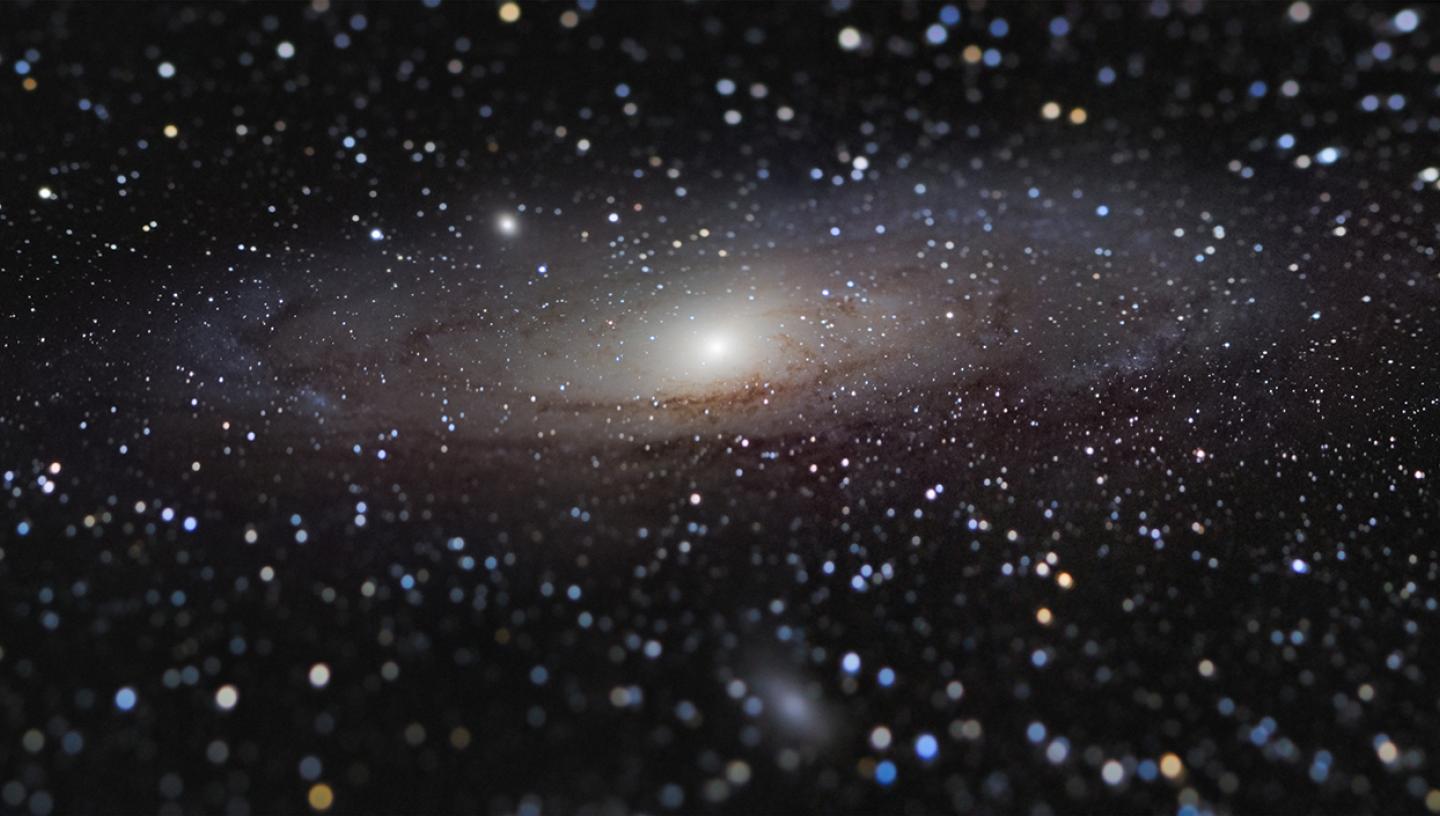
Discover what to see in the night sky in June 2022, including a supermoon and a chain of galaxies
Top 3 things to see in the night sky in June
- Throughout the month - Spot a string of galaxies
- Throughout the month - Hunt for the supergiant elliptical galaxy M87
- 14 June - Keep an eye open for the supermoon
(Details given are for London and may vary for other parts of the UK)
Look Up! Podcast
Subscribe and listen to the Royal Observatory Greenwich's podcast Look Up! As well as taking you through what to see in the night sky each month, Royal Observatory Greenwich astronomers pick a topic to talk about.
For June they're talking about the first image obtained of the black hole at the centre of our galaxy, Sag A*, and about the preparations for a return to the Moon with the Artemis mission. Have a listen below, then vote for your favourite story from this episode on our Twitter poll (@ROGAstronomers) during the first week of June.
Our podcast is available on iTunes and SoundCloud
Astronomy in June 2022: key events and what to see
Throughout the month: Spot Markarian's Chain & M87
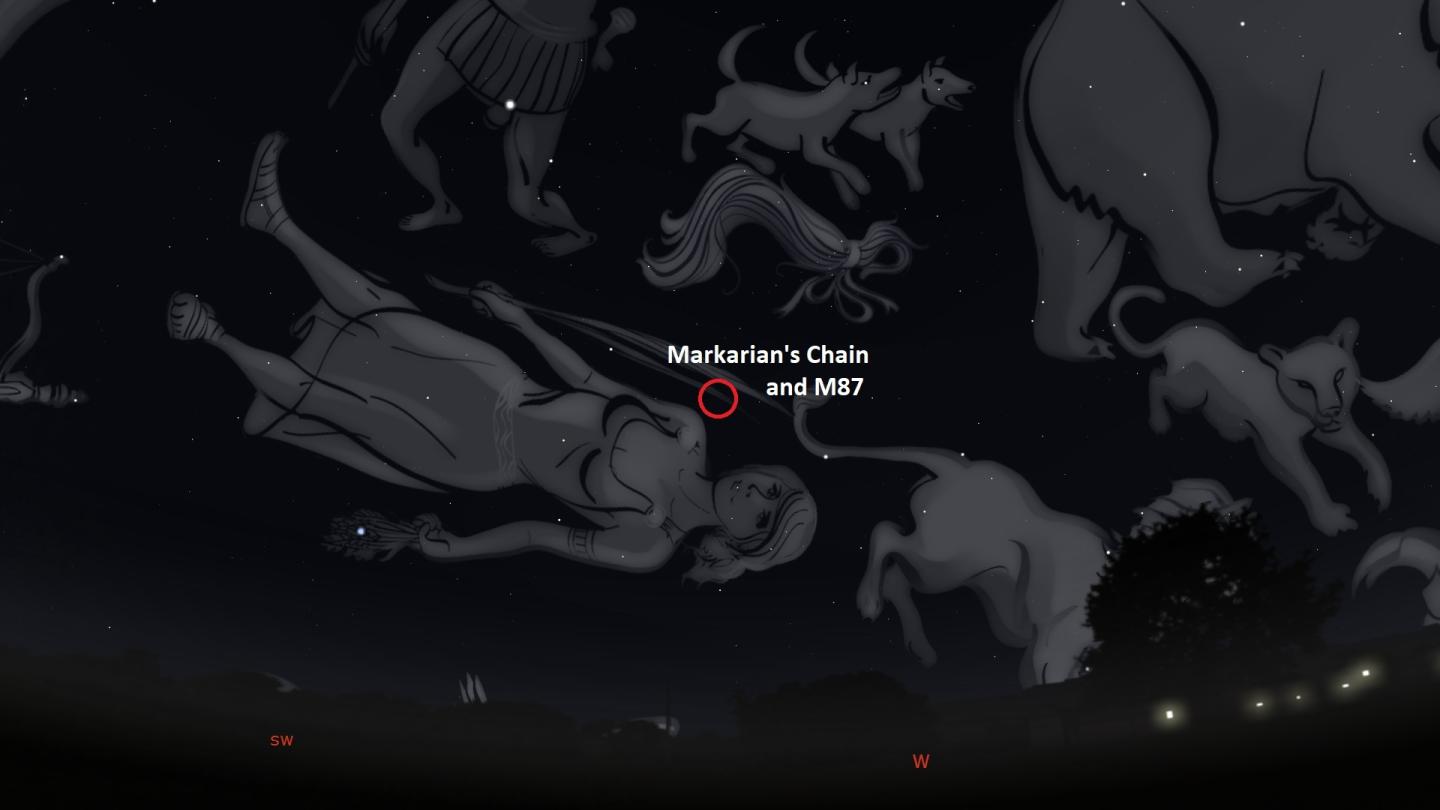
This month is a great opportunity to view Markarian’s Chain, a string of galaxies located in the Virgo cluster, which itself is a neighbourhood of roughly 2000 galaxies. Markarian's Chain is located close to the constellation Virgo. To spot it, look towards the west from 11:30pm and find the mid-point between the star Vindemiatrix, in Virgo, and the bright star Denebola, in the constellation of Leo.
Your sky scouring will be rewarded with a view of an expanse of seven spiral and lenticular galaxies. A small telescope will allow you to see all the galaxies as fuzzy lights, but a larger aperture will begin to reveal their structures. A pair of close galaxies in the middle of the chain are of particular note. These are often called Markarian’s eyes and they are interacting galaxies – galaxies whose gravitational forces affect one another. The larger galaxy of the pair, NGC 4438, appears to be highly distorted and is thought to have been a spiral galaxy before colliding with its neighbour.
After looking at Markarian's Chain, if you venture a little further to the south, you can also see M87, another impressive galaxy in its own right. As a supergiant elliptical galaxy, it is one of the most massive galaxies in the local universe. The galaxy was catapulted to celebrity status when the Event Horizon Telescope released images of the supermassive black hole residing in its galactic core. This was the first time a black hole had ever been directly imaged. Appropriately, this monster has been named Pōwehi, a Hawaiian word meaning “the adorned fathomless dark creation”.
14 June: Look up - it's a supermoon!
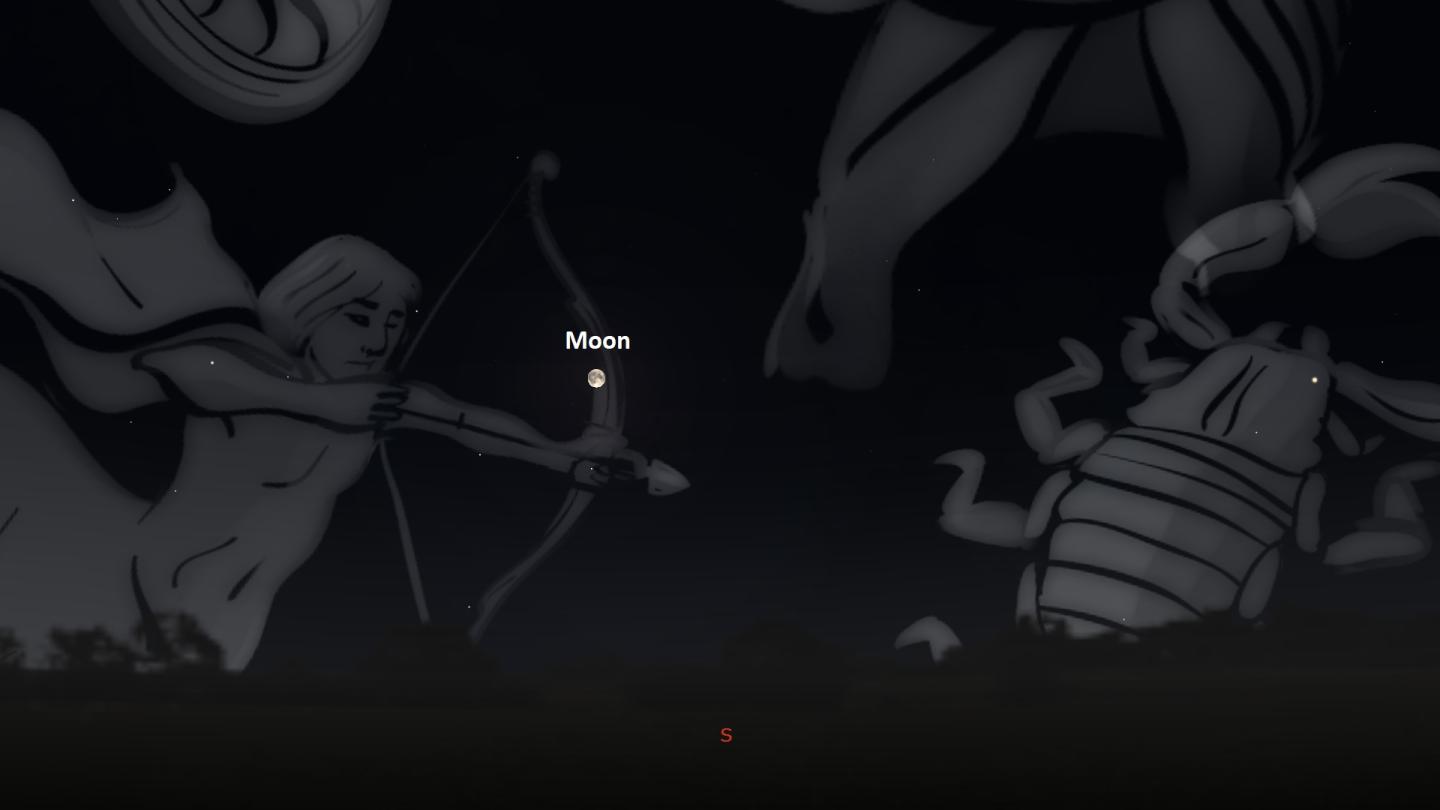
On 14 June, stargazers will be treated to a supermoon. A supermoon occurs when the moon is at its closest approach to the Earth, so consequently it will appear slightly larger in the sky. In this case, the supermoon is coinciding with the Moon’s full moon phase, though it can also occur during a new Moon, remaining unseen to observers on the Earth.
The Native American lunar naming system describes this particular full moon as the strawberry moon, as this tended to be the best time of year to start gathering strawberries as they began to ripen. From the UK, head outside after 10:30pm to see the Super Strawberry Moon rising from the south-eastern horizon. It should appear slightly larger and brighter than usual.
21 June: Enjoy the summer solstice
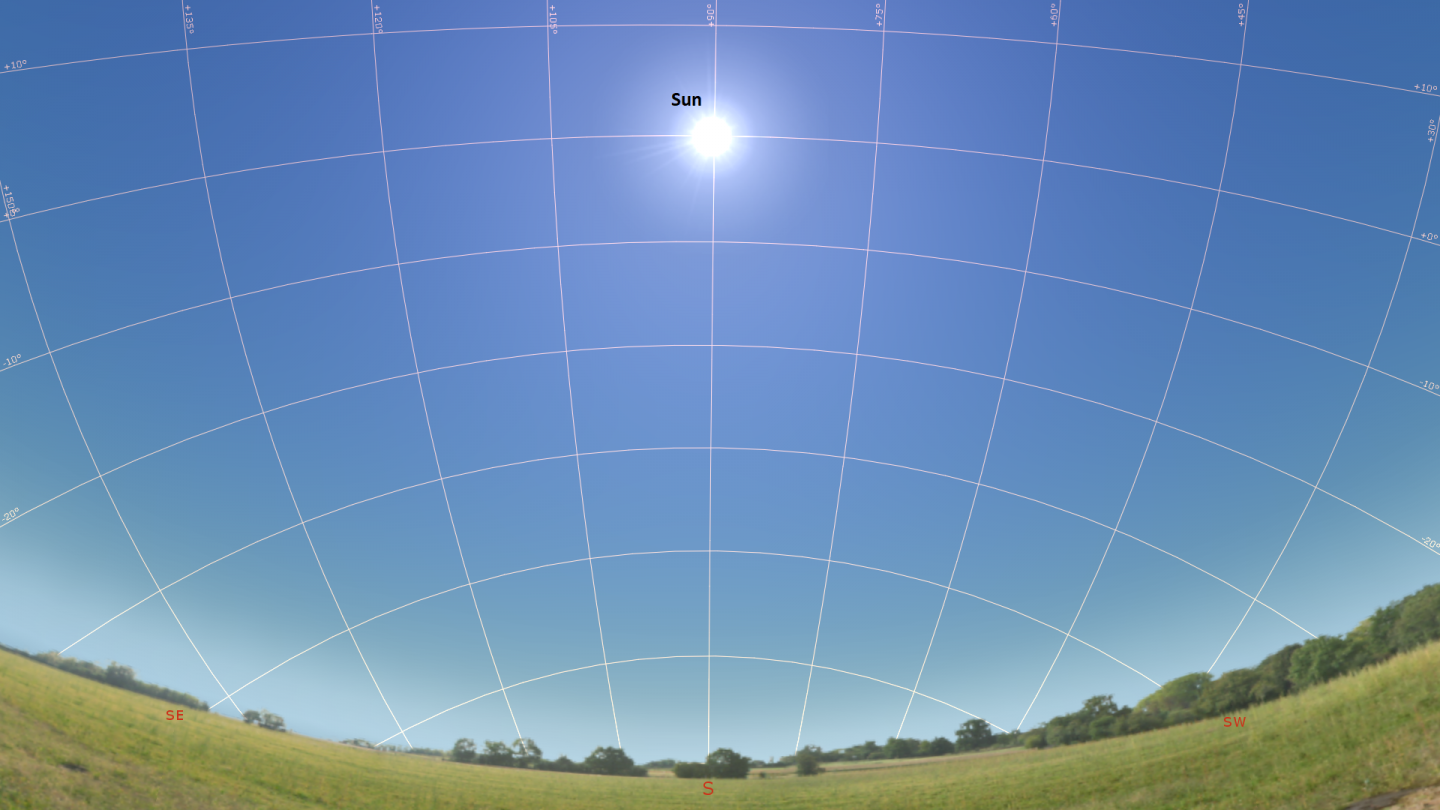
For those living in the northern hemisphere, 21st June marks the Summer Solstice, the 'longest day' and 'shortest night' of the year. On this day, the Earth’s axis of rotation is aligned directly towards the Sun, and consequently the Sun will be at its highest altitude of the year. The Summer Solstice also marks the beginning of astronomical summer. For those living in the southern hemisphere, 21 June marks the Winter Solstice, the 'shortest day' and 'longest night' of the year and the beginning of astronomical winter for them.
Southern hemisphere: spot Mercury reach greatest western elongation
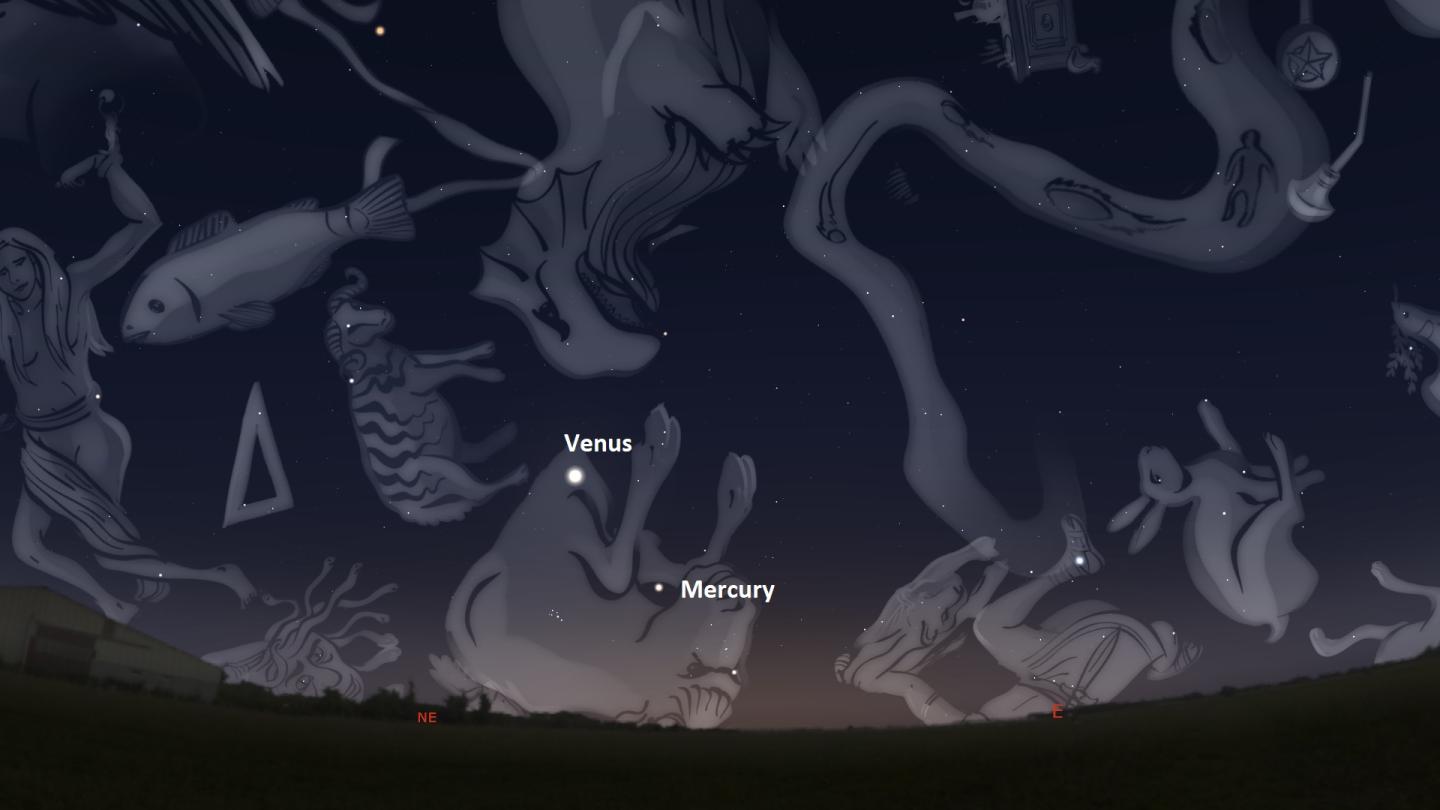
For those sky-watching in the southern hemisphere, keep an eye out for Mercury as it reaches its greatest western elongation on the 16th. This is its largest separation from the Sun in the sky. It can be seen shining with a golden hue in the early morning just before dawn, below the much brighter Venus. If you’re near Sydney, expect to find it rising from the eastern horizon at 6am, shining brightly until the sun rises at 7am. With a steep inclination along the ecliptic and a large separation from the Sun, Mercury will be easily viewable along with its cosmic neighbour.
The Moon's phases this month
- 7 June: first quarter moon (3:49 pm)
- 14 June: full moon (12:52 pm)
- 21 June: last quarter moon (4:11 am)
- 29 June: new moon (3:52 am)
If you're a fan of the Moon, then see the winning and shortlisted images in the 'Our Moon' category of the 2021 Astronomy Photographer of the Year competition, all featured in an exhibition at the National Maritime Museum.
Stargazing Tips
- When looking at faint objects such as stars, nebulae, the Milky Way and other galaxies it is important to allow your eyes to adapt to the dark – so that you can achieve better night vision.
- Allow 15 minutes for your eyes to become sensitive in the dark and remember not to look at your mobile phone or any other bright device when stargazing.
- If you're using a star app on your phone, switch on the red night vision mode.
See our range of observing equipment
Share your pictures
This month's banner image is 'Andromeda Galaxy at arm's length' by Nicolas Lefaudeux. It was the 2020 winner of the Astronomy Photographer of the Year competition.
Do you have any images of the night sky? If so, why not share your photos via our Royal Observatory Astrophotography Facebook group.
You can also connect with us via Twitter: @ROGAstronomers
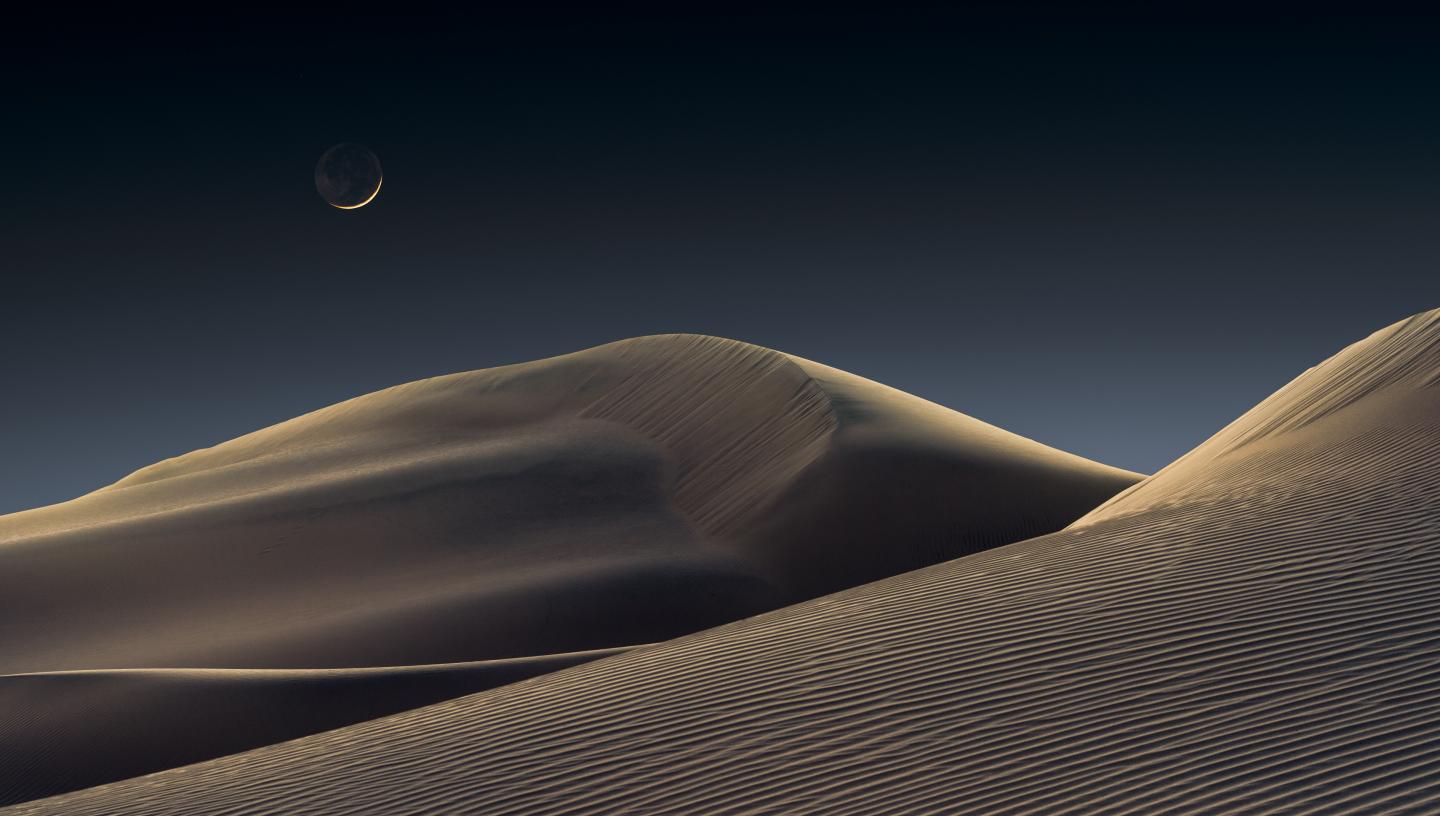
Look ahead to July
Planetarium Shows
Join us for live planetarium shows
Royal Observatory Greenwich Youtube Channel
Subscribe to our YouTube channel and join us on a journey through time and space as we explore our Universe. You'll find a selection of videos on our channel, including our Observatory Online video series in which our astronomers explore different topics in astronomy and space exploration.
Resources for teachers and students
The Royal Observatory Greenwich's learning team has also created:
- Free animated videos that answer the biggest questions in astronomy and free resources to go alongside them.
- A whole host of podcasts featuring interviews with real space scientists, astronauts and active researchers working in UK universities.
- A 'learning at home' hub which contains a suite of resources for you to use at home.
